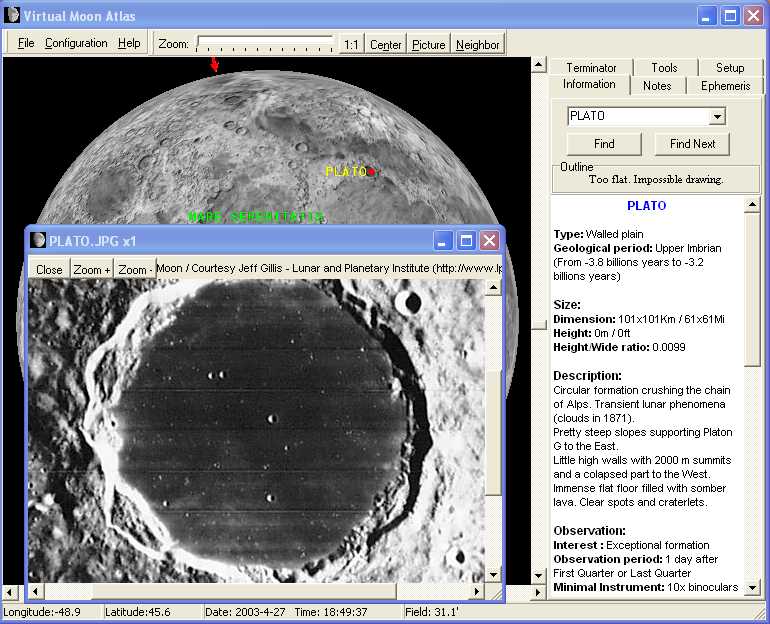

Feature names are included on the map.Ĭitation: Stopar J. Polar stereographic projection is used with scale true at the pole. Permanently shaded regions (PSRs) larger than 10 km 2 digitized by Arizona State University and determined by Mazarico et al. The elevation data are overlain on a derived hillshade with solar azimuth 45°W and solar elevation 45°. The map is centered on the south pole and shows the LOLA 20-m elevation product between 85°S and the pole (NASA Goddard Space Flight Center Smith et al., 2010 Smith et al., 2017). This map is based on data released by the Lunar Reconnaissance Orbiter Lunar Orbiter Laser Altimeter (LOLA). Topography and Permanently Shaded Regions (PSRs) of the Moon’s South Pole (85°S to Pole) (2019) Topography and Permanently Shaded Regions (PSRs) of the Moon’s South Pole (80°S to Pole), Lunar and Planetary Institute Regional Planetary Image Facility, LPI Contribution 2170, (2011) are shown as red outlines with black fill. The map is centered on the south pole and shows the LOLA 20-m elevation product between 80°S and the pole (NASA Goddard Space Flight Center Smith et al., 2010 Smith et al., 2017). I ditched for another app that, while worse at showing labels, gave me the detail necessary to identify features accurately.Topography and Permanently Shaded Regions (PSRs) of the Moon’s South Pole (80°S to Pole) Indeed, the in app chart is such low resolution that I had a hard time identifying craters because identifying details were missing. When out observing with my small (130mm) reflector Telescope, I can clearly see much smaller details than shown in this image. + This turned out to be a BIG one for me: Lowest resolution imagery or any of the moon maps. + All imagery has a good (though static) lighting angle such that terrain relief is clear.
MOON ATLAS ONLINE FULL
+ Full 3D globe if you want or explore from other angles. + Has upside-down & mirror mode, and night vision (red) mode. + Provides extra data (including libration plot), not just the map itself! + Dynamic labeling based on zoom (clearest labeling I’ve seen among apps!) + Takes into account libration and viewers position Very featureful, but low rez images makes this useless with telescope If you fancy trying to land on the Moon, try Apollo Eagle, a simulation of the last 50,000 feet of the Apollo 11 landing. Mars, Mercury, Venus, Jupiter and Saturn atlases are also available on the App Store!Īlso there is Planisphere, a star charting app, available on the App Store! You can swipe left and right on the phase view to go backwards and forwards a day and on the libration chart to go backwards and forwards a month. In addition, information about the current Moon phase and libration are provided. Over 1800 named features are included as well as 26 spacecraft that reached the surface of the Moon. The Moon globe can be shown with north or south at the top or inverted to suit different telescope views.
MOON ATLAS ONLINE UPDATE
There is also a realtime mode that will update to the current time. The phase can be switched off and the far side is shown in a slightly darker shade of grey.ĭate, time and location can be changed. The feature database is searchable and can move the globe to a searched feature. You can switch to a 'Globe' mode that allows you to spin the Moon around to see far side features. Moon Atlas displays the phase and libration of the Moon from your chosen location and renders these on the globe. You can double tap on the labels to get more information about a particular feature. As you zoom in more labels appear as finer detail comes into view. This is a rendered sphere and not a static map image. Moon Atlas is an astronomy application that lets you use pinch and finger gestures to manipulate a 3D globe of the Moon.


 0 kommentar(er)
0 kommentar(er)
